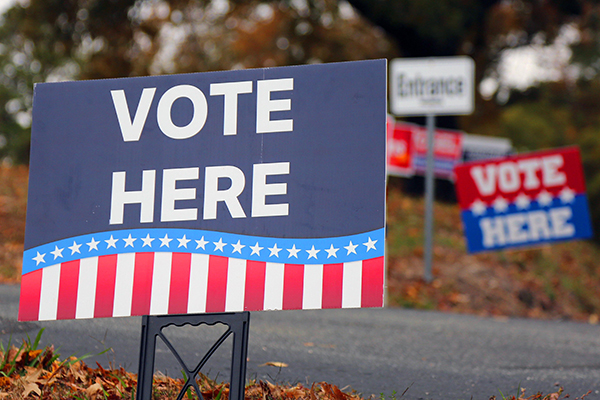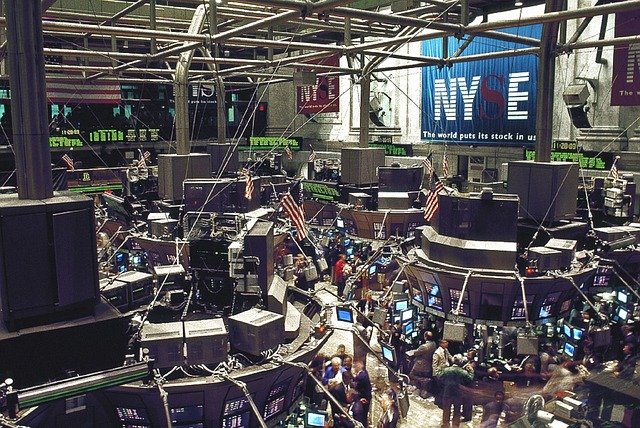“The more things change, the more they stay the same.” The issues we discussed in the second quarter – the slowing US economy, even-worse global economy, US/China trade war, inverted yield curve, and geopolitical uncertainty – all continue to exist this quarter. Certainly, they have fluctuated and we have a few more issues that have cropped up, but overall the markets have kept things in perspective and currently sit near all-time highs (excepting small-cap stocks, which are still well below record highs).
Looking at the third quarter, let’s start with the three interest rate cuts by the Fed. These were well telegraphed during the quarter, especially the July and September cuts. The most recent cut, on October 30th, had just a little uncertainty about it, but the negative September/October PMI readings (showing continued contraction in manufacturing) seemed to lock in the cut about two weeks before its announcement. The Fed did hint at a pause, but Chairman Powell also stated that the Fed was not expecting a rate hike unless substantial inflation showed up. The new consensus is that the Fed is probably on hold for the foreseeable future.
The next change was increased momentum around a possible Presidential impeachment. To clarify, impeachment is essentially an indictment and is voted upon in the House. If impeached, a President is put on trial in the Senate, where a two-thirds majority is required for conviction. Only two presidents have been impeached (Andrew Johnson in 1868 and Bill Clinton in 1998; Nixon resigned before he could be impeached) and none have been convicted. If President Trump is impeached, that could rattle the markets because they tend to dislike uncertainty; however, the two-thirds majority required for conviction is a major hurdle, so any destabilization would be relatively contained. Related to impeachment is the uncertainty surrounding next year’s election. The stock market would not appreciate a Democratic nomination of either Ms. Warren or Mr. Sanders, especially with increased uncertainty around President Trump’s prospects for a second term. A victory by one of them would likely be quite negative for stocks, at least in the short term. Again, this is more due to the uncertainty of which policies would and would not be changed rather than a judgement on the policies of either one of them.
The US/China trade war gets enough virtual ink without me getting into it in depth here. Suffice to say, the markets have calmed over the “Phase-1” deal, which at least seems like a cease fire. However, a full-on trade truce is still remote and any hints of resistance to a long-term deal would add to market unease.
The yield curve inversion worsened this quarter when the 10yr:2yr curve briefly inverted. This curve is the most widely followed and is often cited as the most reliable recession indicator when it inverts. However, it quickly righted itself. Additionally, the 10yr:3mo curve, which was inverted for most of the quarter, recently returned to positive territory. Time will tell if these recession indicators were accurate, but for now the markets are less concerned about them.
Geopolitical events worsened to some degree. The Saudi Arabia/Iran conflict rocked the price of oil this quarter. The ongoing protests in Hong Kong are partially responsible for Hong Kong entering a recession. Finally, Brexit remains a source of volatility for the markets in general and UK stocks specifically. Very recently, PM Johnson and the EU came to an agreement on an exit. However, the British Parliament voted against a quick exit (the deadline was October 31st) so an extension was needed. Now there are elections in the UK in December for the first time in a century (they usually occur in the spring).
The combination of these domestic and geopolitical events kept markets volatile. A selloff in early August was followed by a consolidation month, which released to a rally back near all-time highs. This was repeated in late September to late October, which saw marginal new highs set recently.
Where does that leave us looking forward? Clearly there is a global manufacturing recession occurring, but in the US manufacturing is only about 12% of the economy. Third quarter US GDP just came in stronger than expected at 1.9%. While capital spending by businesses is a concern, consumer spending remains strong. Unemployment is still near 50-year lows; this is a lagging indicator (meaning it rises after the economy has started slowing down). Weekly initial jobless claims have stayed low and have not started to rise (this is a coincident indicator, which means it rises about the time the economy slows down). However, job openings, or the number of positions employers are trying to fill, has started to rise. This is a leading indicator, which means it starts to slow before the economy does—or is a reason the economy slows. Data show that unemployment rises during a recession, not so much because people get laid off, but because companies stop hiring. If job openings are falling, that could be an early sign of something bigger. Earnings growth has slowed, but not as badly as people feared at the beginning of the quarter; and while wage pressures are rising, wages remain below the average of the last 20yrs, which should keep margins elevated.
Ultimately, there is nothing resembling a consensus in the data or the opinions of experts. The end result is that volatility is likely to remain in the markets at least through the 2020 election. Our proprietary Value Capture strategy is built for markets just like these, and we have been happy with its performance. In portfolios that go beyond Value Capture, we have been utilizing protective strategies while still maintaining exposure to the stock market in case we are due for more record highs. We always welcome your questions and thoughts. Please feel free to reach out to Jim or me if you would like to discuss your specific situation or would like more information about our strategies.





